Imitation
Imitate the intonation in the following story. After the story is finished, turn on the subtitles and see if you can find the words that YouTube gets wrong.
https://www.youtube.com/watch?v=99jBouS1jwE
Homework
Go over the homework from last class.
Review
Last lesson we learned about direct address. For example:
- How are you today, Mr. Smith?
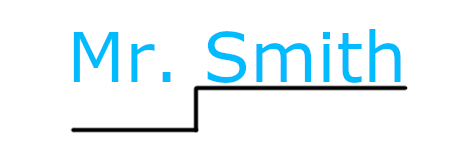
The intonation pattern is low-normal for politely talking to someone.
The following examples also use the low-normal pattern. Mark the stress and intonation:
- Hi, John. How are you?
- I’m taking you to the airport, Miss Lee.
- It’s good to see you again, teacher.
- Denis, is this your watch?
Tag Questions
Tag questions are short two-word questions at the end of a statement. They are in the same form as a yes/no question.
- I can eat cake. Can’t I eat cake?
- I can eat cake, can’t I?
The “can’t I” part is the tag question.
The question can be positive or negative:
| will you | won’t you |
| is he | isn’t he |
| can she | can’t she |
| do I | don’t I |
The questions can also use rising intonation (if your not sure) or falling intonation (if you are sure).
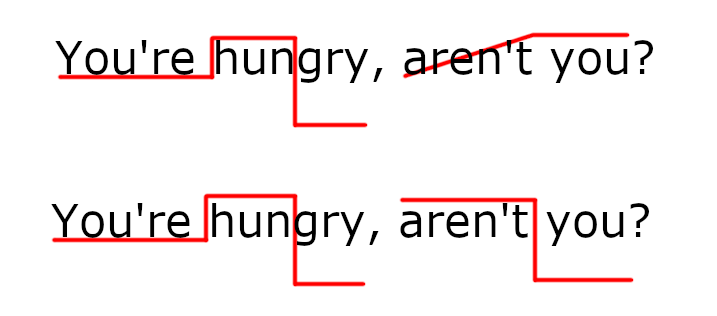
In the first question, you aren’t sure if the other person is actually hungry or not. You hope that they are (maybe because you made some food for them).
In the second question, you are sure that they’re hungry (maybe because they look really hungry or they just came in from working hard all day). If the person is disagreeing with the expected answer, they could say “actually”, as in, “Actually I’m not that hungry.”
When marking stress, the verbs of the tag question are always stressed. You may remember that the be verb and other helping verbs usually aren’t stressed, but they are for tag questions.
- You’re ˈnot ˈhungry, ˈare you?
Practice
Complete the following tag questions.
- He won’t help me, will he?
- I can go, ____?
- He hasn’t finished, ____?
- You’ve eaten, ____?
- I was right, ____?
- She isn’t here, ____?
- They don’t agree, ____?
- She finally arrived, ____?
Then mark the stress and intonation, once for “sure” and once for “not sure.”
| He ˈwon’t ˈhelp me, ˈwill he? | He ˈwon’t ˈhelp me, ˈwill he? |
| I can ˈgo, ˈcan’t I? | I can ˈgo, ˈcan’t I? |
| He ˈhasn’t ˈfinished, ˈhas he? | He ˈhasn’t ˈfinished, ˈhas he? |
| You’ve ˈeaten, ˈhaven’t you? | You’ve ˈeaten, ˈhaven’t you? |
| I was ˈright, ˈwasn’t I? | I was ˈright, ˈwasn’t I? |
| She ˈisn’t ˈhere, ˈis she? | She ˈisn’t ˈhere, ˈis she? |
| They ˈdon’t aˈgree, ˈdo they? | They ˈdon’t aˈgree, ˈdo they? |
| She ˈfinally arˈrived, ˈdidn’t she? | She ˈfinally arˈrived, ˈdidn’t she? |
Practice asking someone something using a tag question.
Final exam preparation
Find the tag questions in the final exam dialog.
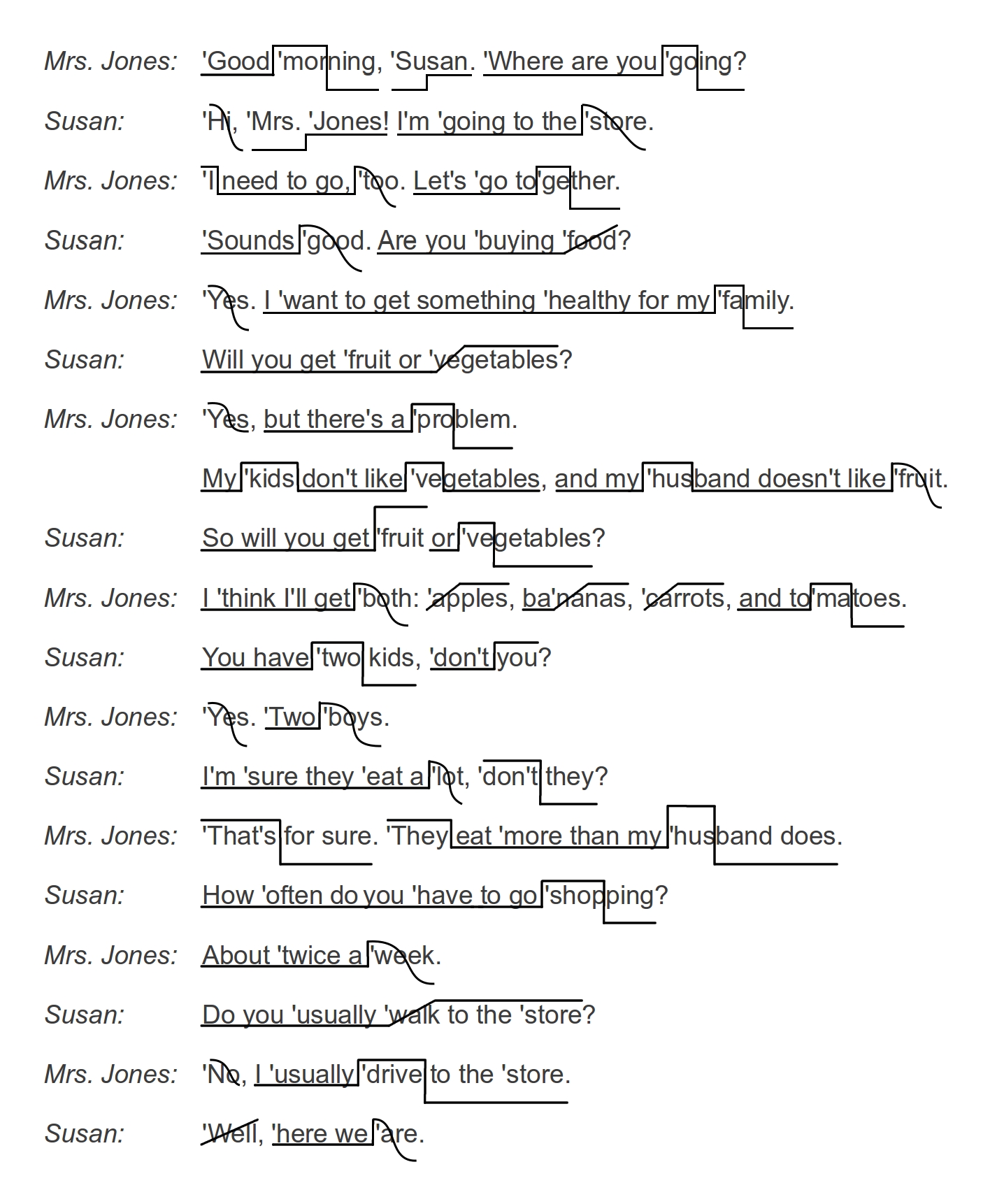
Go back to the last lesson and review marking sentence stress, intonation, and word blending. Read the sentences when done.
Homework
Mark the sentence stress, intonation, and word blending.
I’m pleased to meet you.
I’d like to introduce you to Mary Hall.
I’m sorry.
How long have you been studying?
I hurt my ankle while I was getting off a bus.
Have you heard about our new music teacher?
That’s wonderful!
Could you possibly drive me to the train station?
Did you remember to take out the garbage?
What did you do after that?
Do you want to go to a basketball game?
Please get me a loaf of bread and a dozen eggs at the supermarket.
I really like your apartment.
How do you like the wedding dress?
It’s too plain.
Directions
1. Do it on paper. Give me a photo of the result.
2. Mark stress according to the stress rules:
- nouns, verbs, adjectives, adverbs, some pronouns (this/that/these/those)
- two nouns –> first one stressed
- two-word verb –> second word stressed
3. There are only two kinds of intonation on the final exam (written part):
- rising-falling intonation (statements, commands, wh-questions)
- rising intonation (yes-no questions)
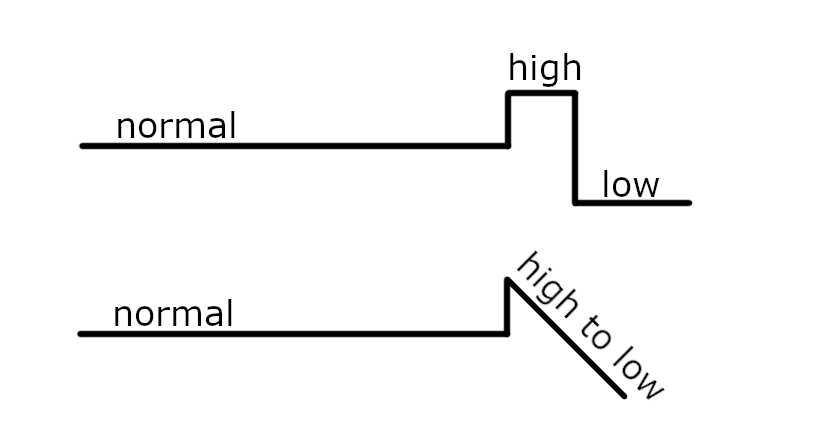
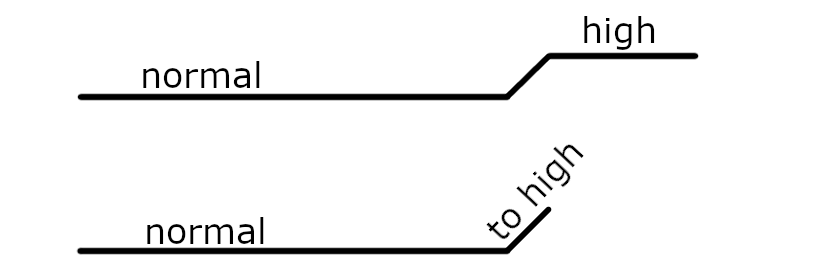
4. For word blending mark the following situations:
- consonant + vowel
- vowel + vowel
- p,b,t,d,k,g + consonant
- Optional (but good): vowel/consonant + semi-vowel /w/ or /j/
- Optional (but good): same sound (example: s+s, θ+θ, f+f)
